Philanthropy: Listen to the Voices, Leadership, and Lived Experiences of People
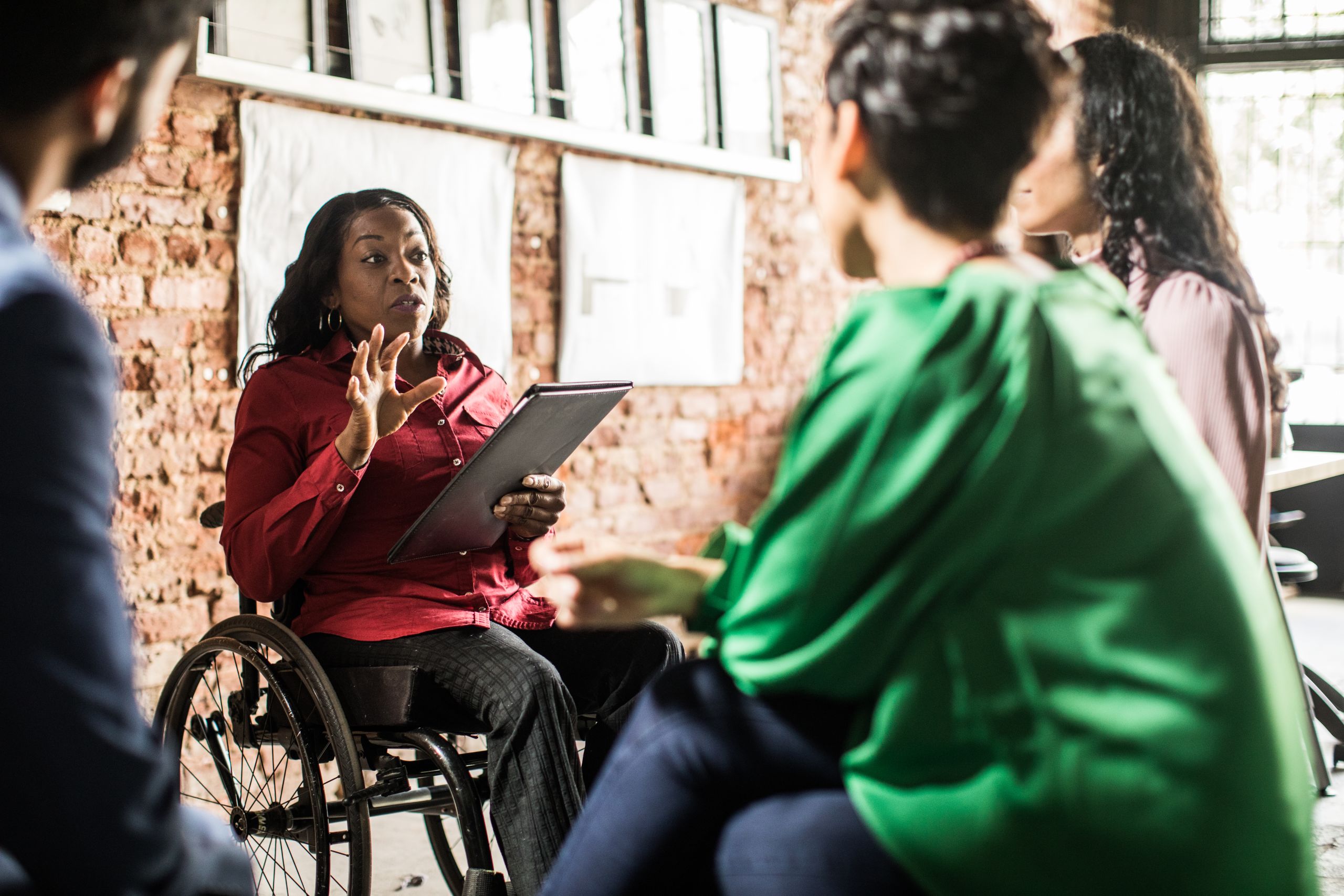
At the age of 11, I was diagnosed with scoliosis, a spinal condition that other members of my family live with and that millions more around the world live with as well. My family and I never called it a disability. It was not until I became immersed in the world of disability justice that I began to see just how far I had gone to disguise and deny the growing impact this diagnosis was having on my daily life.
When I started at The New York Women’s Foundation (The Foundation) more than ten years ago, I saw two themes missing from our grantmaking that I was committed to changing: investing in LGBTQ+ communities and organizations by and for people with disabilities. I’m proud to say that I’ve made good on my commitment to the first, and we are continuing to build every day toward the second. That journey has been profoundly gratifying and transformative not only for philanthropy but also for me as an individual living with a disability.
There is no journey to justice that does not include people with disabilities.
As a member of the Presidents’ Council on Disability Inclusion in Philanthropy (Presidents’ Council), The Foundation has had the distinct opportunity to listen to activists and leaders with lived experiences of apparent and non-apparent disabilities — and it was through that listening that I awakened to my own experience.
Last fall, at a time when so many of us, including people with disabilities and older women, were grappling with the impacts of COVID-19 on their health and wellbeing, I had a number of discussions about disability justice that made me reflect on my own physicality and the coping mechanisms I had created in my daily life. I began to reflect on the shifts I had created to hide this disability, even from the virtual world. I had to face the music: I was living with a life-altering disability. While my struggle was invisible to the outside world, disability was an identity I knew I had to acknowledge as a part of who I am.
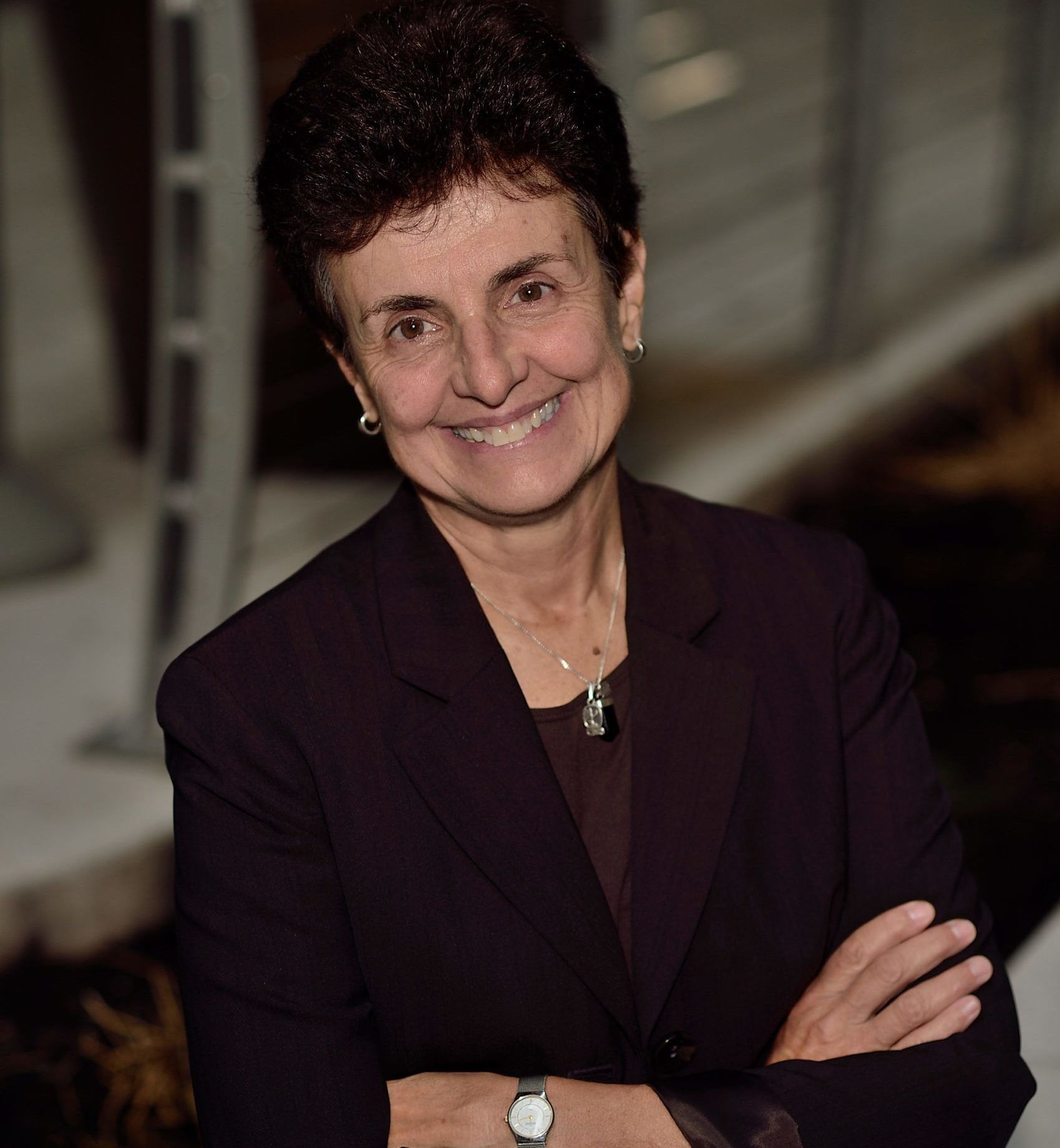
Ana L. Oliveira, President & CEO, The New York Women’s Foundation and member of the Presidents’ Council on Disability Inclusion in Philanthropy.
Ana L. Oliveira, President & CEO, The New York Women’s Foundation and member of the Presidents’ Council on Disability Inclusion in Philanthropy.
At the age of 11, I was diagnosed with scoliosis, a spinal condition that other members of my family live with and that millions more around the world live with as well. My family and I never called it a disability. It was not until I became immersed in the world of disability justice that I began to see just how far I had gone to disguise and deny the growing impact this diagnosis was having on my daily life.

Ana L. Oliveira, President & CEO, The New York Women’s Foundation and member of the Presidents’ Council on Disability Inclusion in Philanthropy.
Ana L. Oliveira, President & CEO, The New York Women’s Foundation and member of the Presidents’ Council on Disability Inclusion in Philanthropy.
When I started at The New York Women’s Foundation (The Foundation) more than ten years ago, I saw two themes missing from our grantmaking that I was committed to changing: investing in LGBTQ+ communities and organizations by and for people with disabilities. I’m proud to say that I’ve made good on my commitment to the first, and we are continuing to build every day toward the second. That journey has been profoundly gratifying and transformative not only for philanthropy but also for me as an individual living with a disability.
There is no journey to justice that does not include people with disabilities.
As a member of the Presidents’ Council on Disability Inclusion in Philanthropy (Presidents’ Council), The Foundation has had the distinct opportunity to listen to activists and leaders with lived experiences of apparent and non-apparent disabilities — and it was through that listening that I awakened to my own experience.
Last fall, at a time when so many of us, including people with disabilities and older women, were grappling with the impacts of COVID-19 on their health and wellbeing, I had a number of discussions about disability justice that made me reflect on my own physicality and the coping mechanisms I had created in my daily life. I began to reflect on the shifts I had created to hide this disability, even from the virtual world. I had to face the music: I was living with a life-altering disability. While my struggle was invisible to the outside world, disability was an identity I knew I had to acknowledge as a part of who I am.
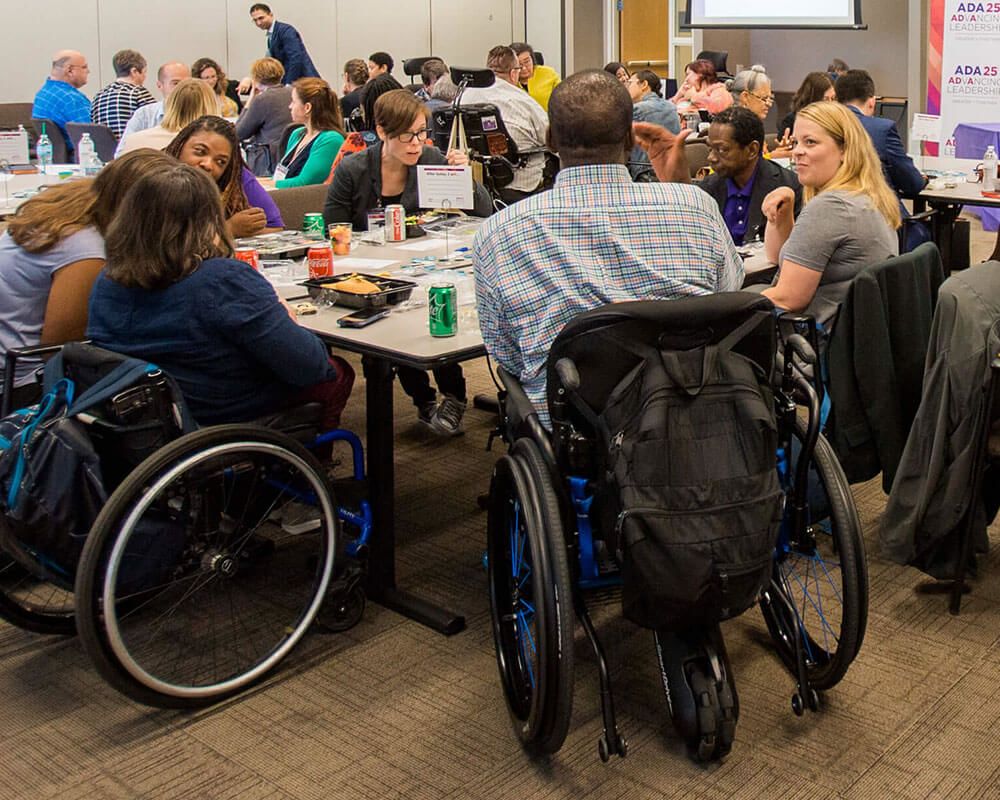
My experiences have made me more aware of how the world is not shaped for people with disabilities. I realized just how much I needed, benefited from, and counted on the struggles and victories of disability advocates and movements, such as their work to increase accessibility in transportation. I sought out modern stations, ones with escalators and/or elevators. I realized how few there are. I became conscious of how the world is not designed for people with disabilities.
As a queer, Latinx, immigrant woman, I’m no stranger to the many biases, prejudices, and stereotypes that people can hold. The world had already judged me as less-able because of my Brazilian accent, so the thought of adding yet another marginalized identity was daunting to me. Occupying a public position at a significant philanthropic organization further complicated my journey in being vocal about my disability. Would I be perceived as a less-capable leader? I recognize the privilege I hold as a light-skin Latinx woman, and the privilege that having a non-apparent disability provides. Yet I still wondered: what other discrimination would I now experience?
To challenge these thoughts, I leaned into the stories and experiences I was learning about through the Presidents’ Council. There is nothing like the power, courage, and persistence I’ve experienced from my colleagues with disabilities. Seeing their commitment to combat ableism—the systemic oppression that stems from a pervasive attitude that some bodies have more value than others encouraged me to bring that same spirit to The Foundation’s grantmaking and disability inclusion journey.
There is no journey to justice that does not include people with disabilities. 15% of the world’s population has some form of disability. More than 36 million women in the United States alone have a disability. As philanthropists, our failure to take disability rights and justice into account makes our grantmaking ineffective and leaves out a core of our population. We must be intentional about advancing the ideas and wisdom of people with disabilities.
At The New York Women’s Foundation, we believe in investing in women on their terms and funding their whole selves. Our grantmaking recognizes this and responds accordingly. Disability is a continuum and a natural part of the human experience. So, when we invest in women through collaboratives such as our NYC Fund for Girls & Young Women of Color, we do it recognizing that disability is not separate from the identities of the women we support—we fund their whole lives, not just part of them. The dimensions of disability are present everywhere, and the trauma many under-invested communities experiences extends to their physical and mental health. The issues we care about, including reproductive and economic justice, are deeply impacted by ableist systems that, for example, dissuade disabled women from holding a job because they must meet a restrictive asset limit requirement in order to have access to health care. This makes this matter of justice an imperative, and we are committed to justice.
Whether you are a funder focused on investments in education, health, rural areas, or more, you can advance your institutional mission and shift the lines of inclusion in multiple ways that embrace and center people with disabilities. First, become familiar with and sign the Disability Inclusion Pledge. Joining our collective of foundations and philanthropy-serving organizations who have signed on shows a commitment to transforming your organization and investing in the leadership of people with disabilities. As funders, we must also consult with, hire, listen to, and include people with disabilities in your operations at every level, from the board and executive leadership, to grantmaking practices.
It is not enough to say we are integrating disability into our work. We must follow through and make this commitment visible in every way, from funding investments, to funding organizations and movements by and for people living with disabilities, and hiring people living with disabilities. Through our influence as philanthropists, we have the resources to dismantle ableism and build a world that honors the leadership, expertise, and the lives of people with disabilities.
The advantage of us collectively taking on a commitment to disability inclusion is that this work will improve the lives and wellbeing of all individuals. We see this, for instance, through the existence of curb cuts. While not everyone can go up and down curbs, curb cuts work for everyone.
Philanthropy can be slow to advance the changes that the people of marginalized identities, including disability, have been calling for—but our determination is to close that gap. The way to move forward is to listen to and honor the voices, leadership, and lived experiences of people with disabilities.
To join the disability inclusion journey, visit disabilityphilanthropy.org.
This content was paid for and created by the Disability & Philanthropy Forum. The editorial staff of The Chronicle had no role in its preparation. Find out more about paid content.
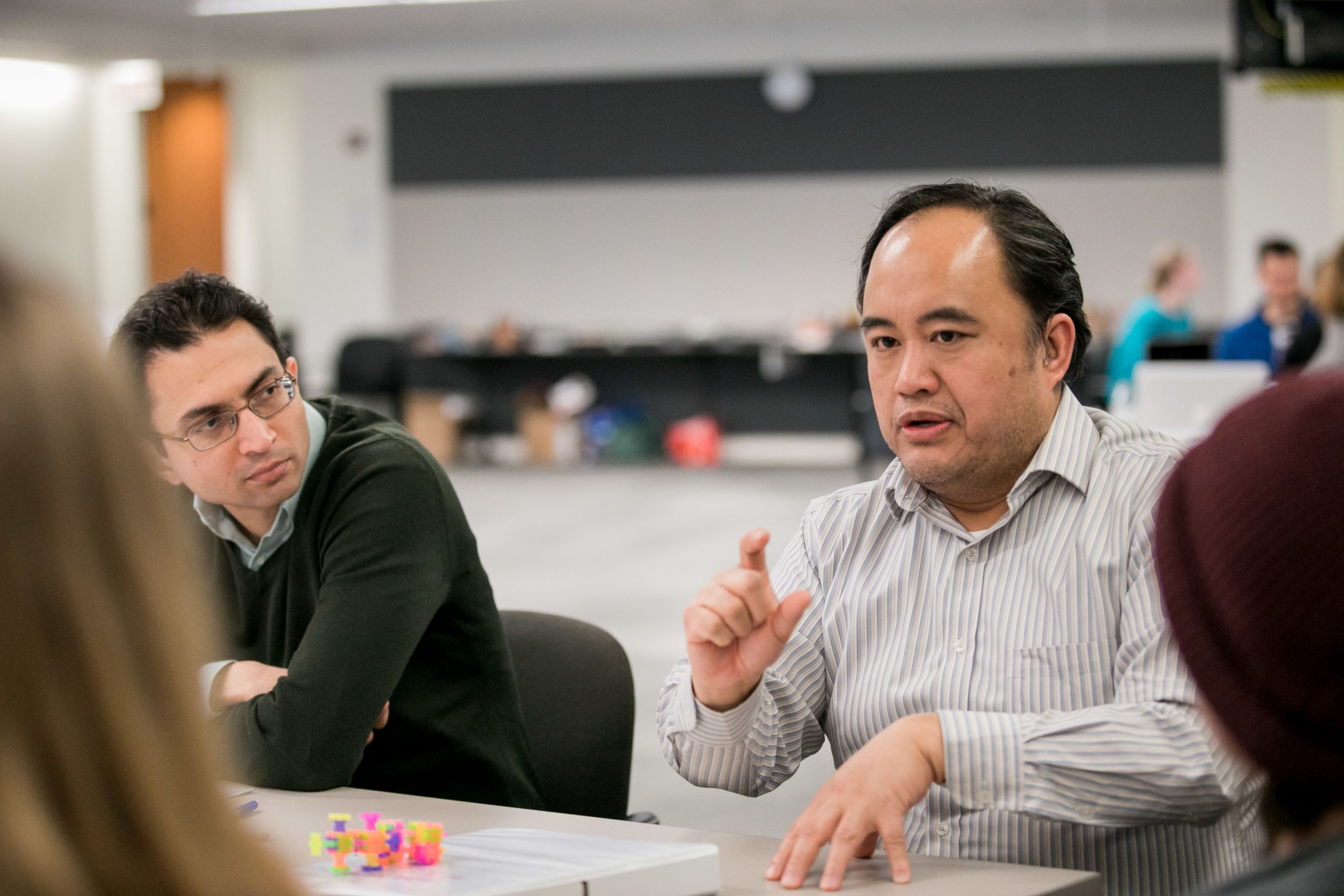
Photo Credit: Courtesy of Disability Lead
Photo Credit: Courtesy of Disability Lead
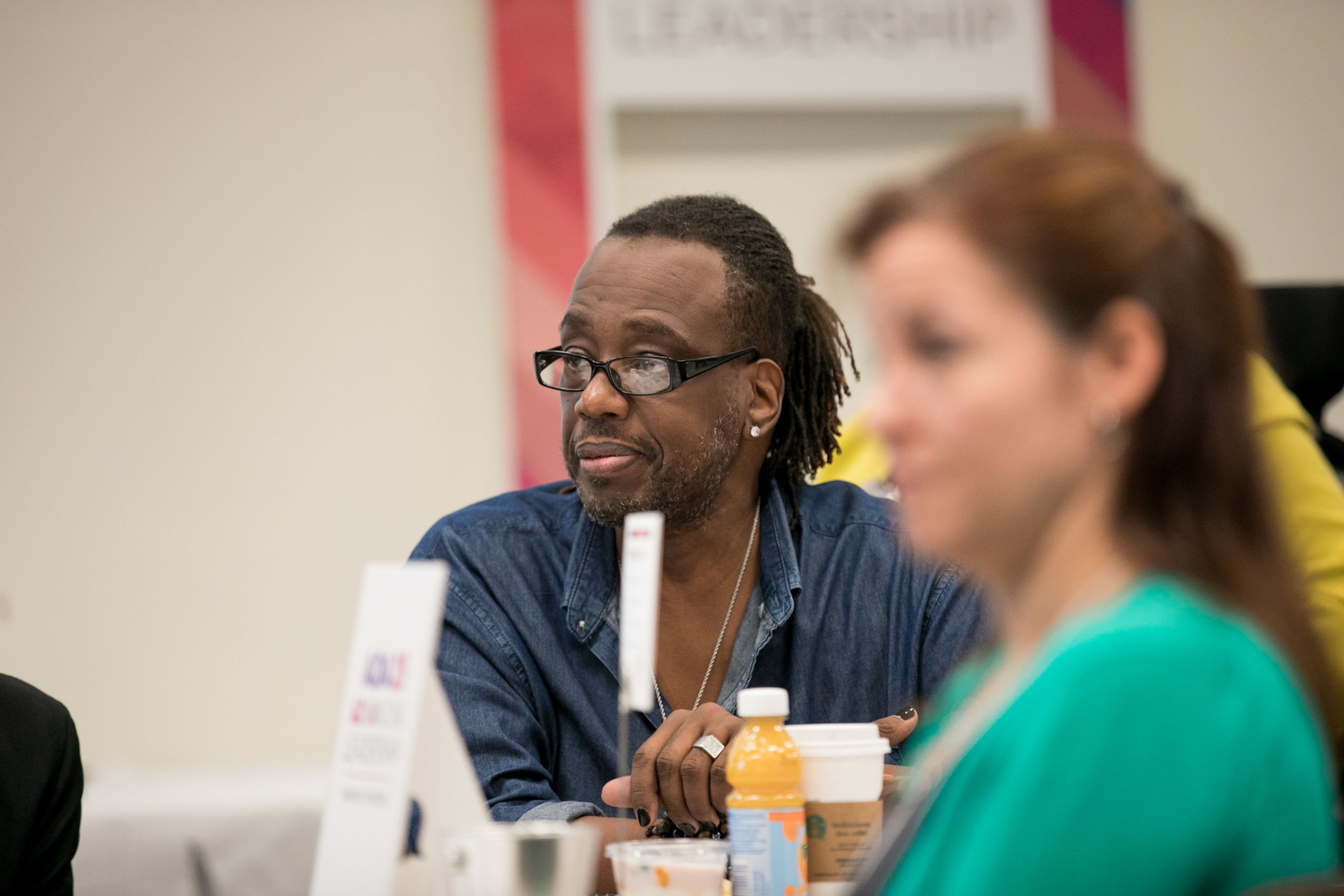
Photo Credit: Courtesy of Disability Lead
Photo Credit: Courtesy of Disability Lead


